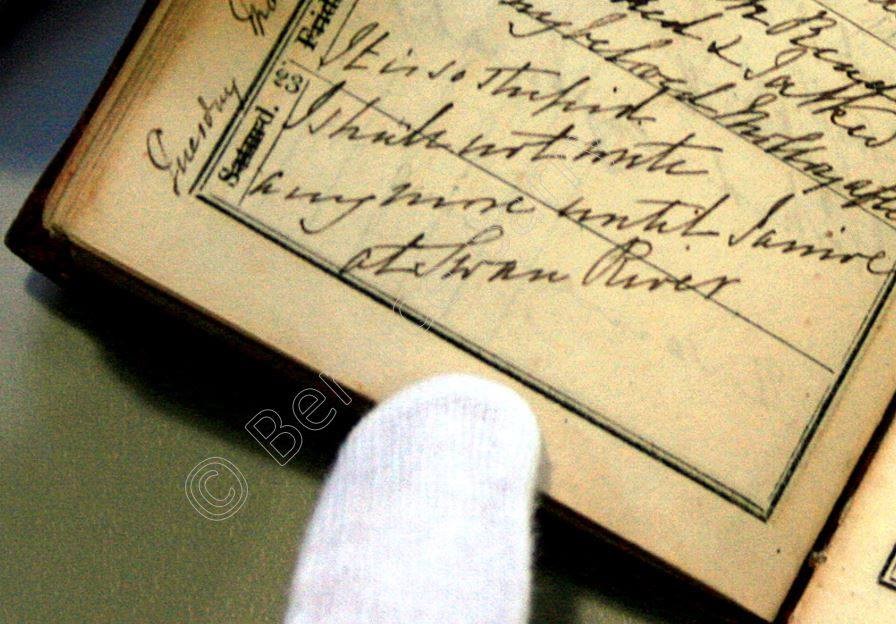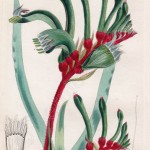Tiny details
Minutiae… Small pieces of information can fascinate. They don’t usually answer the big questions but they work together in magical ways to bring the past to life. An individual is placed in a more detailed setting and their world is populated with real objects, against a background of colours and sounds. Even now, for most of us, each day is usually an accumulation of small experiences. Finding details in the lives of the Molloys and the people whose lives touched theirs in some way (as family, friends, ancestors or descendants) was an important part of learning to understand their world but most of the information that I found so absorbing couldn’t be included in the book; long lists of facts aren’t always welcome as part of storytelling! But the small things that intrigued me continue to do so because they make people I’ll never meet seem just a little more real. Here’s a small and very random selection of information that came my way. I hope it gives you a sense of the enjoyment I find in history.
*When Georgiana was at school in London in the 1820s, she had her hair cut about every five weeks. Her mother had to pay additional costs for almost everything apart from the food she ate: washing for each year, the sheet music provided for her music lessons, visits to the opera, the cleaning of bonnet ribbons, the fees of her ‘Dancing’ teacher and any hairdressing required. She attended a performance of Handel’s ‘Messiah’ and for some reason I can’t imagine, she needed purple net and a black silk apron.
*The Adult Orphan Institution where two of the Bussell sisters were educated in London after their father’s death was started by Sophia Williams. Sophia was an illegitimate daughter of (Giacomo) Casanova, the Italian writer known today for his amorous affairs.
*When Georgiana’s mother married David Kennedy in Carlisle in 1800, it was an unusually warm autumn. In the English countryside, Michaelmas daisies flowered and walkers who were out in the early evening air saw gossamer floating on the breeze.
*Captain Duncan Darroch of Drums near Dumbarton, a friend of Georgiana when she was living in Scotland, was even more dashing and eligible than I had space to detail in the book. This future Baron of Gourock was part of the military guard for the exiled French emperor Napoleon Bonaparte on the small, barren island of St Helena. He was present when Napoleon died, an event that caused even the most patriotic English soldiers to collect souvenirs – a lock of hair or a piece of lint dipped in Napoleon’s blood.
*The research of Georgiana’s granddaughter, Georgie Bisdee née Hale, helped me find the right pathways to explore. There wasn’t room in the book to include the beautiful details of her wedding, an occasion that showed how John and Georgiana’s descendants had thrived.
‘Her dress was white crepe de Chine over white silk, trimmed with some beautiful old lace and chiffon. The bridal veil, arranged to shade the face and to fall in graceful folds past the waist at the back, was a piece of lovely old Brussels lace, and had been worn by the mother of the bridegroom on her wedding day more than sixty years ago. It was caught at the back with a diamond fillet. A shower bouquet of white roses and bouvardia completed the costume. The two bridesmaids were Miss Dorothy Bisdee, niece, and Miss Joan Cox, cousin of the bridegroom, who both looked very pretty in gowns of cream-embroidered mousseline de soto over silk, with cream straw hats, trimmed with champagne coloured ribbon, and carried bouquets of fortune’s yellow roses and autumn leaves, with trails of Virginia creeper.’
Western Mail Perth WA 7 May 1904 (trove.nla.gov)
*Listening to music from the past, recent or distant, can seem to make the years disappear. On 17 March 1812, as John Molloy’s regiment took up their battle position outside the town wall of Badajoz in Spain, their band was playing the very appropriate tune, ‘St. Patrick’s Day’. On 15 June, after weeks of marching, hunger and hardship, the regiment arrived at Puente Arenas, a town where they could rest and re-supply. The band of the 1st Battalion played, ‘The Downfall of Paris’ (another traditional dance tune) as they marched over the bridge and camped nearby. There are many versions available to listen to but this one transported me to a place side by side with the marching men of the Rifle Brigade.
And on this clip the wonderful Martin Carthy tells the full story of how this tune came to be a favourite during the Napoleonic War.
*By the time Georgiana’s mother was forced to move out of Crosby Lodge, she had reduced her household to just two servants, a man to do the heavy work/odd jobs and a woman. This meant that Mrs Kennedy had to take on some domestic duties herself, probably for the first time in her life.
*The city of Ladysmith in South Africa was named in 1850 for Juana María de los Dolores de León Smith, the wife of Sir Henry George Wakelyn Smith. This Harry Smith was John Molloy’s old friend from his days in the Rifle Brigade and Molloy was with him when he first met Juana in Spain during the Peninsular War in 1812. Georgiana met her too during their stay at the Cape of Good Hope. Juana taught the newlywed Mrs Molloy the Spanish folk songs that she and John later sang to their children.
*In her letters, Georgiana often made reference to poems and stories from her childhood, or mentioned the fact that her children knew them too. Most of these can still be traced through Internet searches. The nursery song, ‘Dame Durdan’ tells a story of farm life much like Georgiana’s in Augusta:
‘Dame Durdan kept five servant maids to carry the milking pail,
She also kept five labouring men to use the spade and flail.’
Another example: in 1833 she asked her sister to send her some books for little Sabina, ‘The Butterfly’s Ball and the Grasshopper’s feast’. A poem written by the Princess Mary tells this simple story (Bell 1808) and other versions (William Roscoe) were designed for children. New editions and adaptations of both are still in publication today.
‘And there came the Beetle, so blind and so black
Who carried the Emmet, his friend, on his back;
And there came the Gnat and the Dragon-fly too,
And all their relations, green, orange and blue.’
‘Emmet’ is an old English word for an ant. You can see the rest of this 1808 text here.
*Captain Francis Byrne was an army colleague and friend of John Molloy but when the two couples travelled together to Perth, Georgiana found that she disliked Mrs Byrne. Anne-Matilda was the daughter of Sir Amos Norcott, a commander in the Rifle Brigade. Her brother Charles sailed to WA with her and became Superintendent of Police. The area known as Norcott Plains was named after him and so was a street in Perth, but ‘Noreatt Place’ was the result of someone misreading the spelling of his name!



